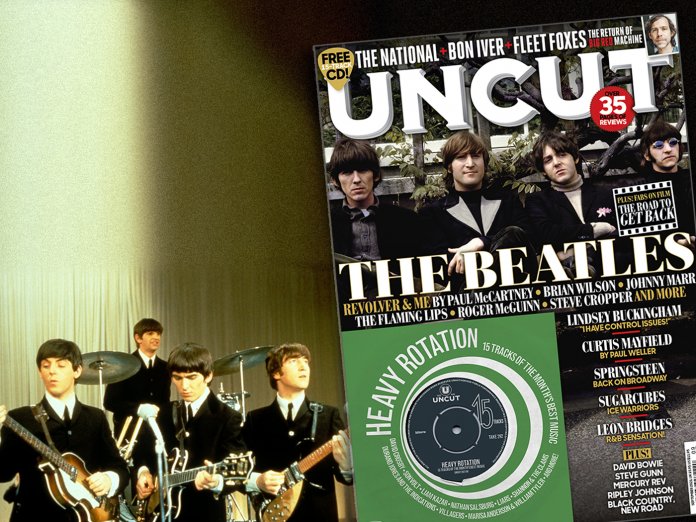On a sunny spring day in 1966, midway through the Revolver sessions, The Beatles decamped to Chiswick House for an afternoon’s filming. The band had selected the landscaped grounds of this 18th-century stately home to film two promotional videos for their single Paperback Writer/Rain. Ready Steady...
On a sunny spring day in 1966, midway through the Revolver sessions, The Beatles decamped to Chiswick House for an afternoon’s filming. The band had selected the landscaped grounds of this 18th-century stately home to film two promotional videos for their single Paperback Writer/Rain. Ready Steady Go! director Michael Lindsay-Hogg had been recruited to film in colour and on location – creating striking standalone films that could be described as the first pop videos.
This was the latest stop in the evolving cinematic relationship The Beatles developed in tandem with their musical careers. What started with Pathé newsreels, press conferences and A Hard Day’s Night continues in the band’s extended afterlife with Get Back – Peter Jackson’s three-part reimagining of Let It Be, which arrives in November.
“They didn’t want to be bothered plugging their records on shows like Ready Steady Go!,” says Lindsay-Hogg. “Those public appearances were becoming a headache. They wanted more say in how they were presented. We shot both songs in the studio first – that was a long day because they were also being fitted by Michael Rainey with suits for their 1966 tour. The next day, we went to Chiswick. We chose a location that looked a little like a clip from Help!. We had them performing, although Ringo was playing drums with his fingers. The kids were off school and hanging out in the park, so they appeared in the promo. It was a nice day. I remember, we even had a picnic.”
Although most British homes had black-and-white television sets in 1966, the promos were shot in colour for American audiences. The Beatles had filmed their first promos six months previously, in November 1965, when they shot quirky black-and-white shorts for We Can Work It Out, Day Tripper, Help!, Ticket To Ride and I Feel Fine at Twickenham Film Studios with director Joe McGrath. A friend of Richard Lester, McGrath had worked on A Hard Day’s Night, writing sight gags, including the scene where Ringo messes around on the riverbank.
“They weren’t afraid of film,” says McGrath. “Not at all. By the time we made the promos, they were quite skilled in the process of making films. I would get sent each track and play it over and over, then write a small screenplay for each one with some ideas. I would meet with them, they would give their suggestions and we would talk it through until we came to a compromise. Having already made A Hard Day’s Night, they were way ahead of everybody. They were very open-minded.”



